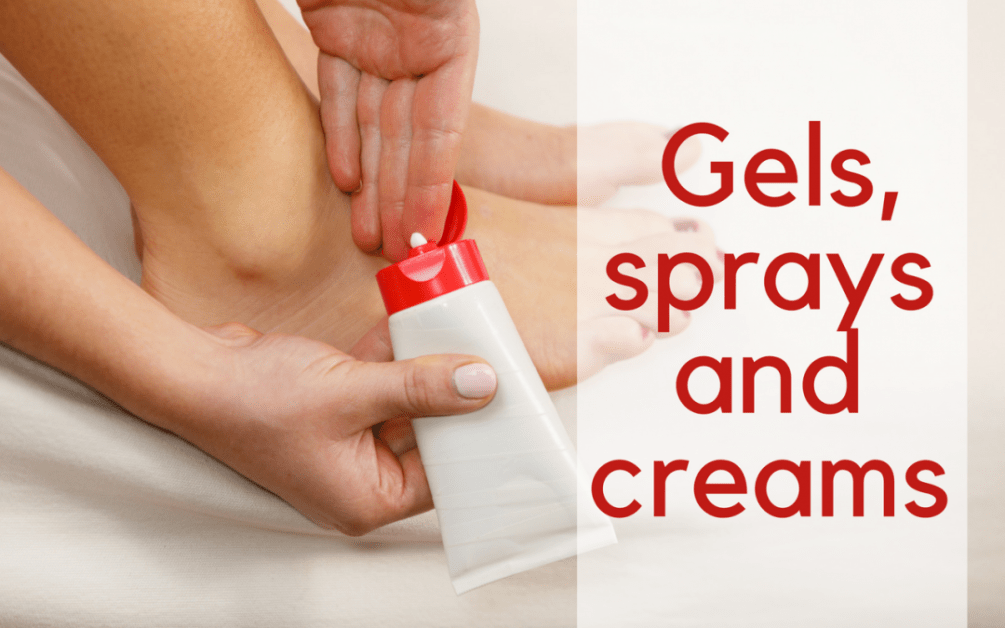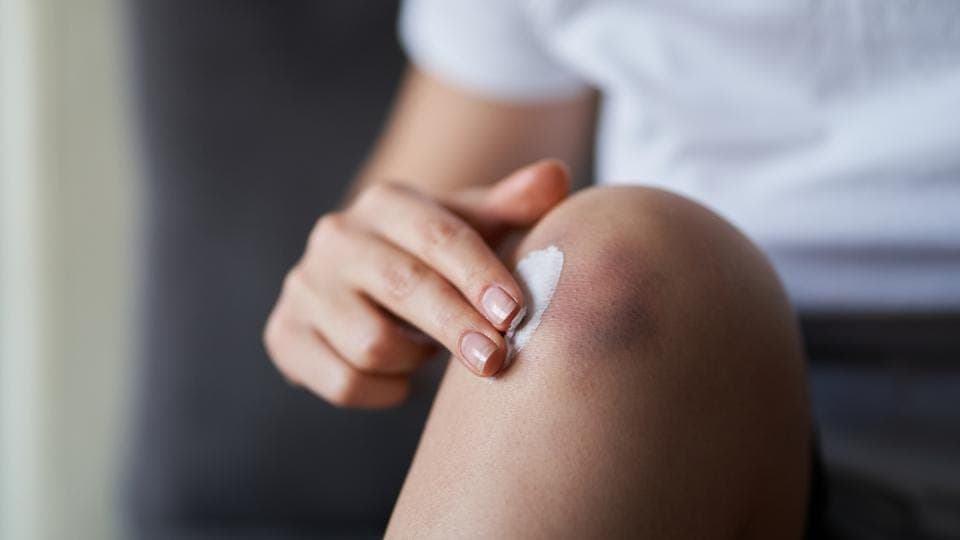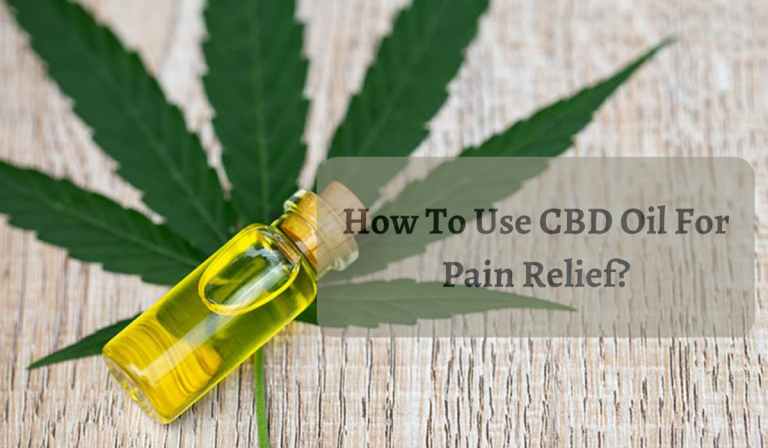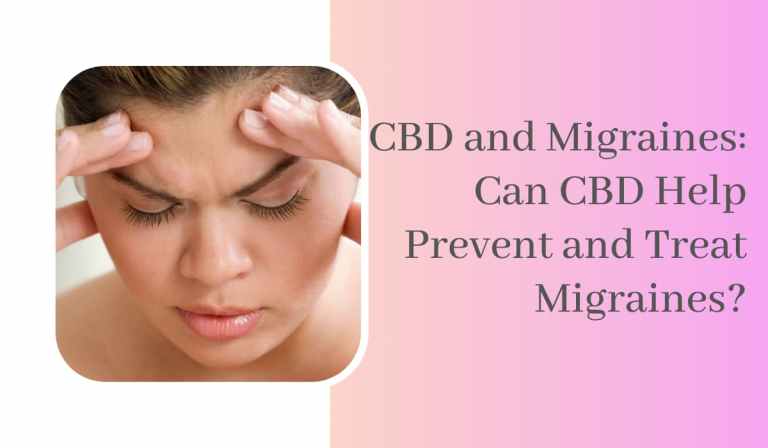Do Pain Creams Really Work? The Real Benefits of Pain Creams!

Topical applications for pain have been around for a long time – both with and without a prescription. Topical pain relief creams can be a nice option if you want to avoid oral medication or struggle to take pills. They are absorbed faster than pills, and provide localized relief….but how well do they work?

Before we address that question, here’s a primer on some of the topical pain products currently available.
Categories of topicals
Topical pain relief products use different active ingredients to block or reduce pain signals. They come in cream, rub and spray form. While formulation for each product varies, most topicals can be placed into five, main categories:
Counter-irritants –called such because they cause a burning or cooling sensation that can distract you from your pain. Active ingredients include menthol, eucalyptus oil, oil of evergreen, and camphor. Effects are immediate but may not last too long.
Examples: BioFreeze, Icy Hot, Tiger Balm
Salicylates– include the same ingredients and pain-relieving quality as aspirin and are especially helpful with pain in the joints close to the skin (fingers, knees, elbows, feet). Salicylates work by blocking nerve impulse transmissions. They can reduce joint inflammation so as to reduce pain, swelling, and stiffness. These are often referred to as topical NSAIDs (non-steroidal anti-inflammatory drugs) or topical analgesics.
Examples: Penetrex, Voltaren, Indomethacin
Capsaicin– coming from chili pepper seeds, are especially effective for joint pain and diabetic nerve pain. Capsaicin creates a warm, tingling sensation that improves over time. Creams with capsaicin require multiple applications before you notice relief…so they are not a quick fix for occasional pain.
Examples: Capzacin, Zostrix
Cannabis-infused creams– infused with the cannabidiol (CBD) from marijuana, these types of topicals are still fairly new. While research has shown CBD to be beneficial in reducing pain when ingested orally, there is no data on how well it works when absorbed through the skin. This article provides a pretty in-depth analysis of some of the product claims and science behind this approach.
Examples: Doc Green’s, Releaf Balm
Homeopathic creams– contain diluted substances believed to be more medicinally effective because the solution contains an “echo” of sorts of active ingredients. Many are also herbal, with most featuring Arnica montana, a flowering plant in the sunflower family. Arnica creams are thought to be good for inflammation. There is little research on the effectiveness of natural or herbal creams, although many users swear by them.
Examples: T-Relief, arnica gels
Aside from what’s available over the counter and through standard prescriptions, some compounding pharmacies can take oral medications and alter them into topically applied medications.
Side effects of topical pain creams
The good news for topicals is that the side effects are minimal. With that said, some users may experience:
- Minor skin irritation
- Strong odors
- Burning sensation
- Interactions with other medications
Particularly if you take other medications, check with your physician before using any type of topical pain cream.
Ok but do they work?
That’s the million-dollar question. The answer is not straightforward.
For certain conditions, users say that pain creams work well for pain flair-ups. Arthritis, gout, muscle pain, bursitis, and tendonitis are a few common conditions that respond well to various topical pain relievers.
In general, topicals are perceived to be the best when it comes to relieving pain on a consistent basis (versus an acute, non-achy type of pain).
When the source of pain is close to the surface, applying a topical that contains a pain reliever exactly where it hurts can ease pain and avoid the side effects that may accompany oral pain relievers. They may not be the best choice when pain covers an extended area, like the lower back, or affects multiple parts of the body.
Topicals of the counter-irritant variety really do little except take your mind off the pain temporarily. This may be why many of the products marketed for athletes who need temporary pain relief in order to exercise are counter-irritants.
Finally, topicals from capsaicin do produce results and relieve pain but only after repeated use (days or even weeks). So for users looking for faster relief, they won’t be the best option.
The bottom line is that research is mixed on how effective the creams are at relieving pain. A scientific review by the Cochrane Collaboration found that some prescription topical NSAIDs can offer the same pain relief as oral medications for specific types of pain. Other studies have not proven that topicals are very beneficial for pain relief.
Within the pain community, however, you’ll find many pain sufferers who swear by a specific pain relief cream, gel, or spray to help manage their discomfort. Here’s what some of our Facebook fans had to say:
PainPathways Magazine
PainPathways is the first, only and ultimate pain magazine. First published in spring 2008, PainPathways is the culmination of the vision of Richard L. Rauck, MD, to provide a shared resource for people living with and caring for others in pain. This quarterly resource not only provides in-depth information on current treatments, therapies and research studies but also connects people who live with pain, both personally and professionally.
View All By PainPathways






